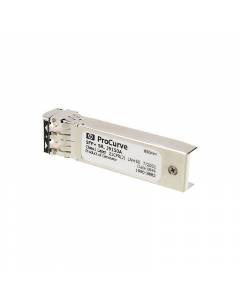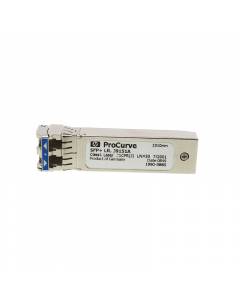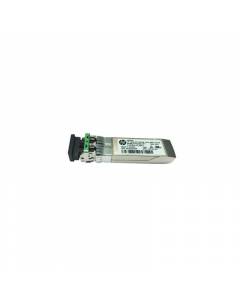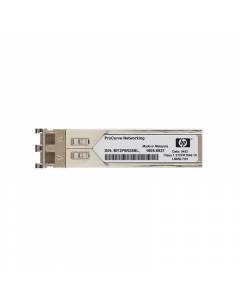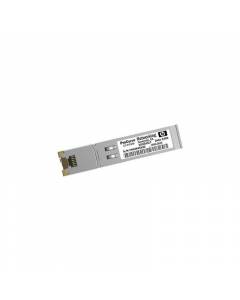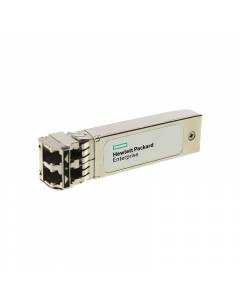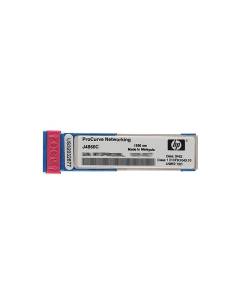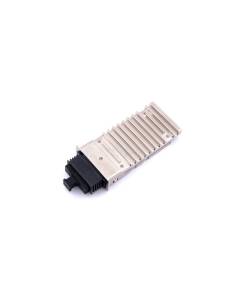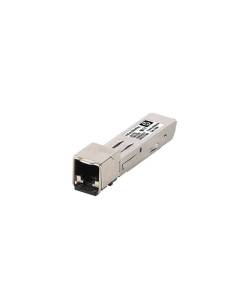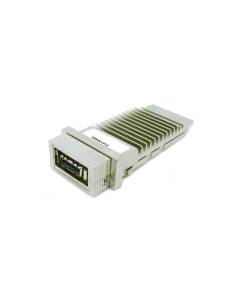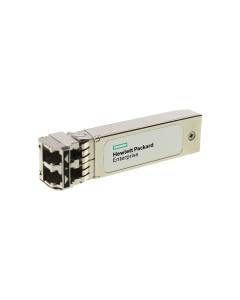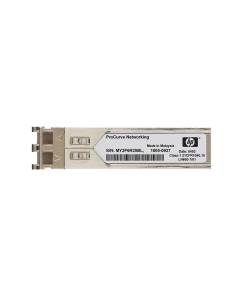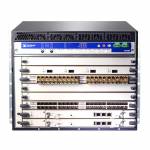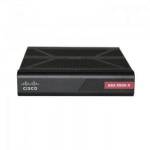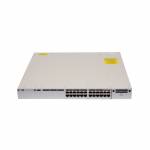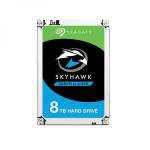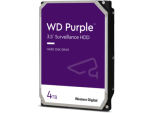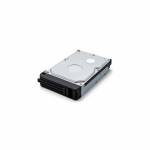HPE Transceivers
HPE Transceivers are essential components used in networking equipment to enable the transmission and reception of data over fiber-optic or copper cabling. These small, hot-swappable devices provide the interface between networking devices, such as switches and routers, and the optical or electrical network infrastructure. Here are some key points about HPE Transceivers:
-
Types of Transceivers: HPE offers a wide range of transceivers to support various network connectivity options. This includes SFP (Small Form-Factor Pluggable), SFP+, QSFP (Quad Small Form-Factor Pluggable), and QSFP28 transceivers, among others. These transceivers support different data rates, ranging from 1 Gbps to multi-100 Gbps, depending on the networking requirements.
-
Fiber Optic and Copper Transceivers: HPE Transceivers are available in both fiber optic and copper options. Fiber optic transceivers use light signals to transmit data over long distances, while copper transceivers utilize electrical signals for shorter-range connections.
-
Compatibility and Standards: HPE Transceivers are designed to be compatible with HPE networking equipment, ensuring seamless integration and optimal performance. They adhere to industry standards such as IEEE and MSA (Multi-Source Agreement), ensuring interoperability with other compatible networking devices.
-
Hot-Swappable Design: HPE Transceivers are hot-swappable, which means they can be inserted or removed from networking devices without powering down the system. This feature allows for easy installation, replacement, or upgrades without interrupting network operation.

